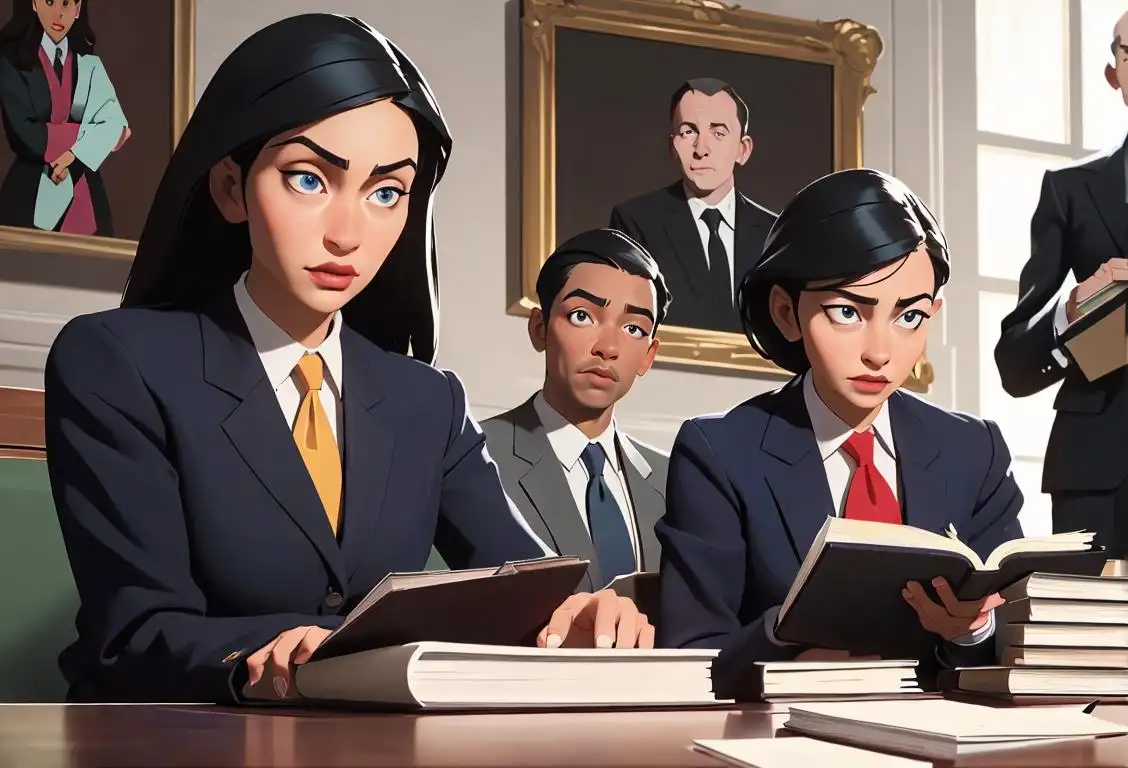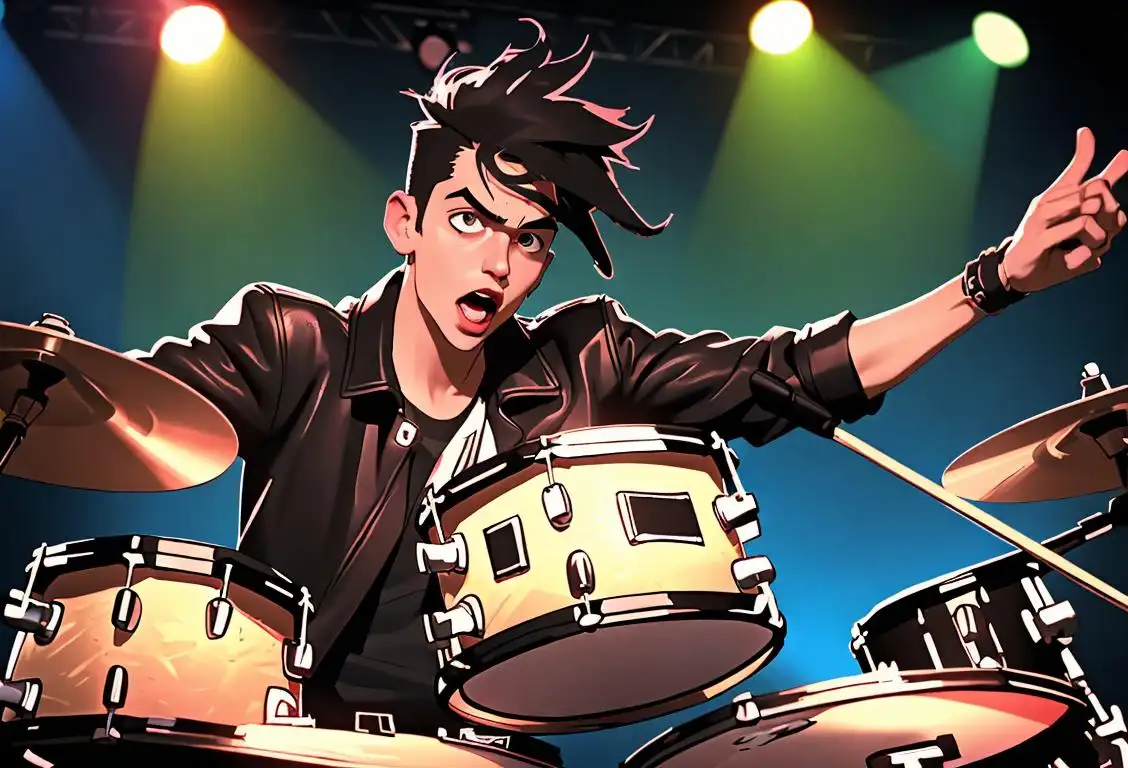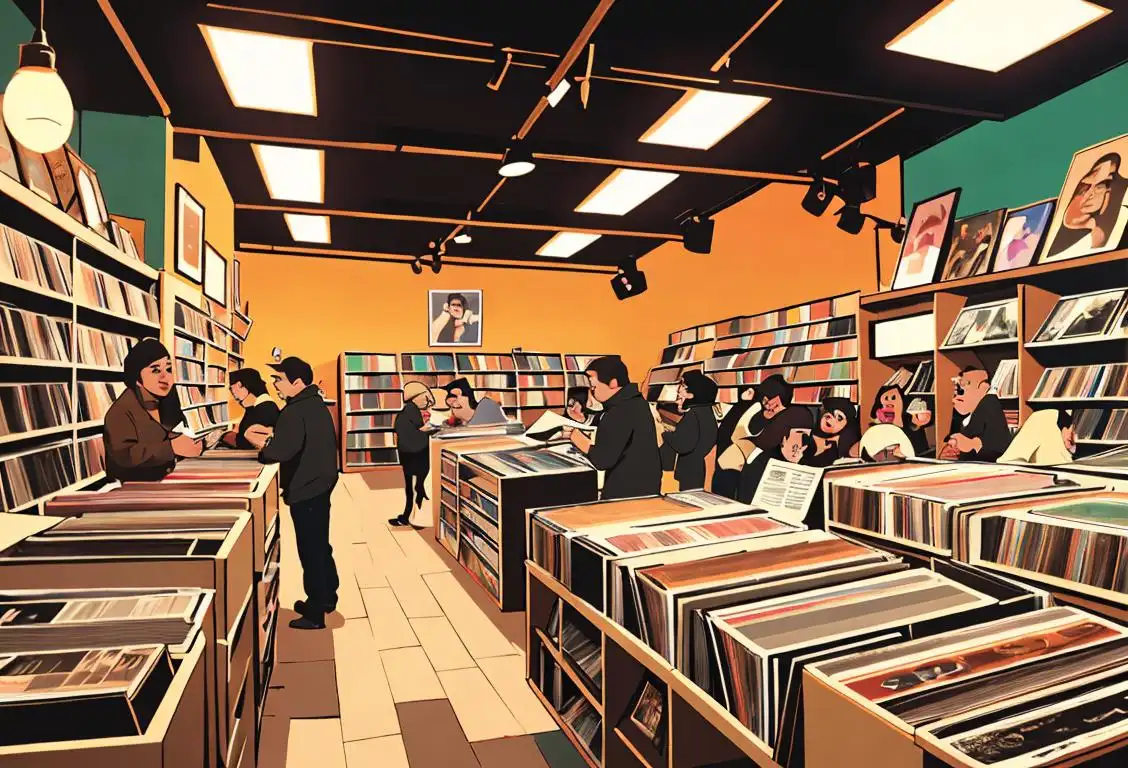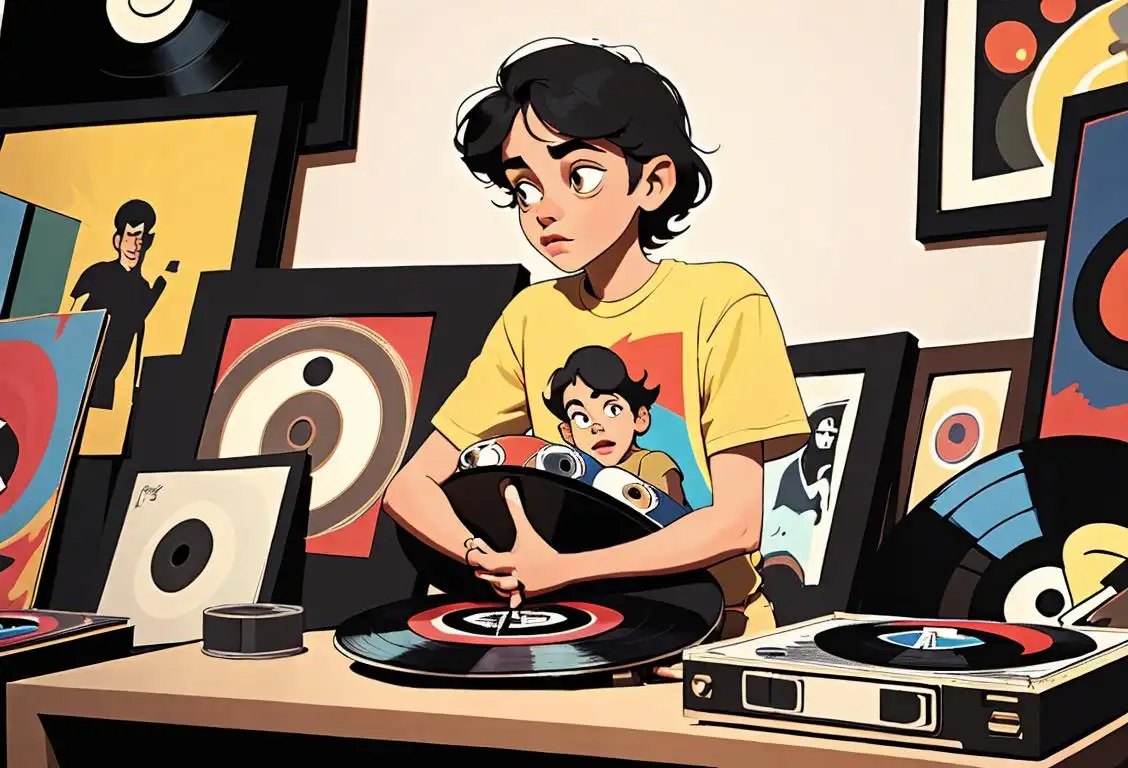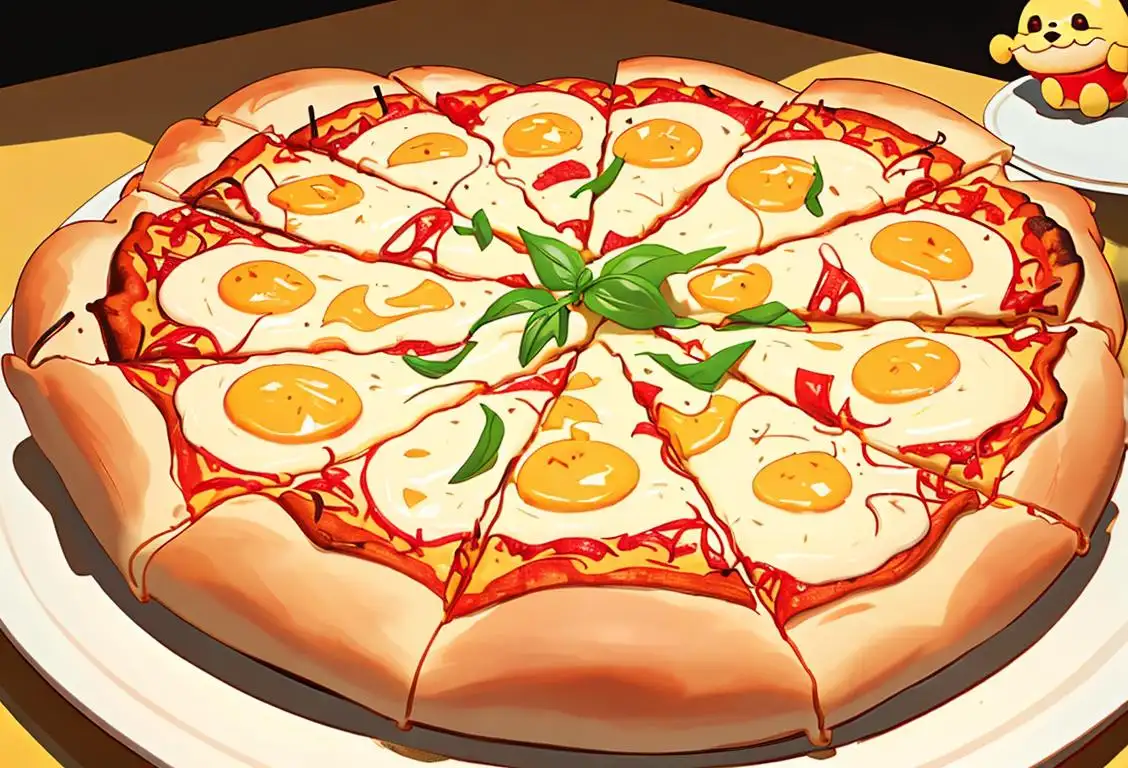National Marching Arts Day
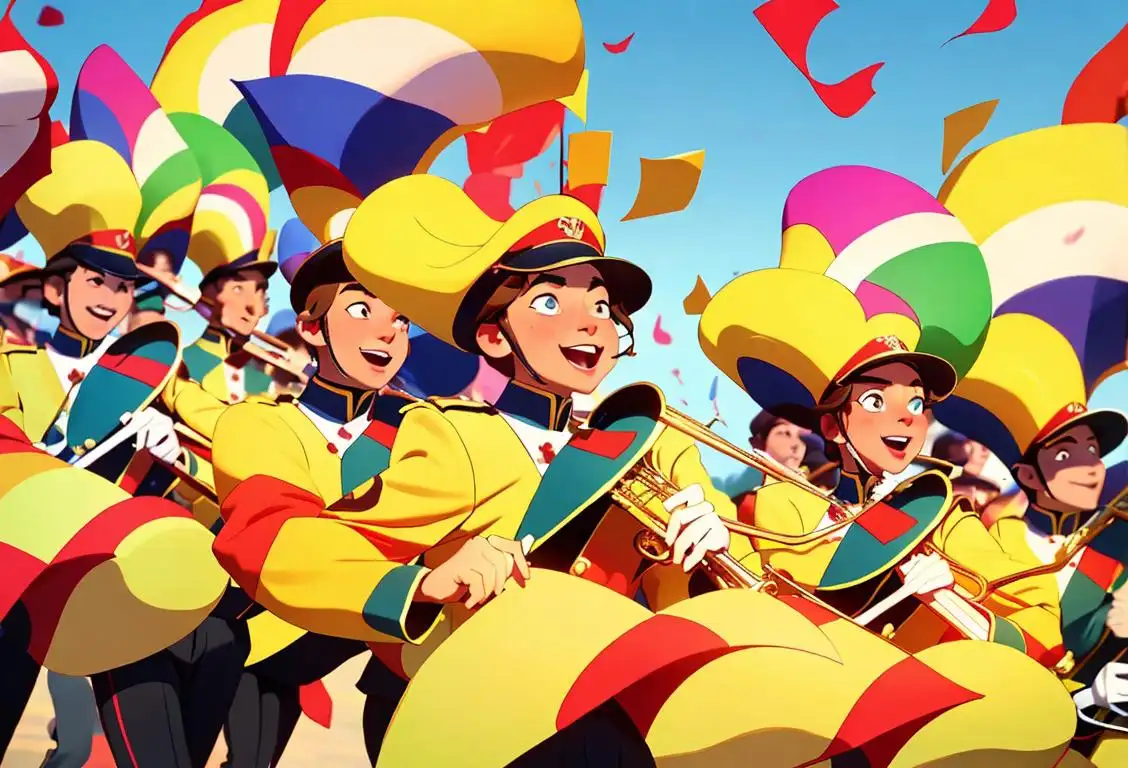
Hey there, marching enthusiasts! Get ready to put on your dancing shoes and strap on your tubas because National Marching Arts Day is here! This joyous celebration of all things marching and musical is a chance to honor the rich traditions and incredible performances that have been captivating audiences for decades.
When is Marching Arts Day?
It's national marching arts day on the 4th March.
The History Behind National Marching Arts Day
Let's take a trip down memory lane to uncover the origins of this melodious day. While the exact inception of National Marching Arts Day remains a mystery, its purpose is loud and clear – to provide a platform for people from all walks of life to appreciate and celebrate the skill, discipline, and passion that goes into creating and performing marching arts.
From marching bands at halftime shows to drumline performances that leave us awe-struck, the world of marching arts has a long and captivating history that is deeply rooted in culture and camaraderie.
Over the years, innovations in instrumentation, choreography, and show-stopping formations have transformed marching arts into a mesmerizing experience for both performers and spectators. It's a true testament to the tireless dedication of marching artists who spend countless hours perfecting their craft.
Need a Reason to Celebrate? We've Got Plenty!
Where do we even begin? National Marching Arts Day is packed with reasons to join in on the festivities. Let's explore a few:
- Community Connection: Marching arts bring people together, forging lifelong friendships and a sense of belonging. It's time to embrace the community spirit and support these talented individuals.
- Inspiration Station: The performances put forth by marching artists are nothing short of jaw-dropping. Their dedication and commitment serve as a reminder to follow our passions and strive for greatness.
- Showmanship at Its Finest: From elaborate formations to intricate choreography, marching arts never fail to deliver a visual spectacle. Prepare to be dazzled and amazed!
So put on your dancing shoes, grab a tuba (or any instrument of your choice), and join in on the celebration of National Marching Arts Day. Let the music guide your steps and the rhythm fill your heart!
History behind the term 'Marching Arts'
1917
Creation of Drum and Bugle Corps
In 1917, the modern concept of marching arts began to take shape with the creation of Drum and Bugle Corps. These groups consisted of musicians who played a combination of drums and brass instruments while marching in precise formations. The United States military was instrumental in popularizing this style of performance, with many corps forming within military units.
1927
Formation of Winter Guard
In 1927, the Winter Guard emerged as an integral part of the marching arts. Originally, Winter Guard referred to the military group responsible for guarding facilities during the winter months. However, during the 1960s and 1970s, the term evolved to describe a form of indoor color guard, featuring flag spinning, weapon manipulation, and dance. Winter Guard added a dynamic visual element to the marching arts.
1972
Birth of Marching Band Competitions
In 1972, the first national marching band competition, Bands of America (BOA), was held. Marching band competitions became a platform for showcasing the talents of numerous marching arts groups. These events emphasized creativity, precision, and musicality, propelling the evolution of the marching arts to new heights.
1983
Introduction of Indoor Percussion
The year 1983 marked a significant milestone with the introduction of Indoor Percussion. Indoor Percussion ensembles combined percussion instruments, such as drums, tambourines, and marimbas, with visual elements to create captivating performances. This expansion further diversified the marching arts, accommodating a wider range of musical and creative expressions.
1992
Inclusion of Drumline Battles
In 1992, Drumline Battles gained popularity, providing a competitive yet friendly atmosphere for showcasing drumline skills. This unique form of performance involved drumlines engaging in rhythmic battles, showing off their technical prowess and creativity. Drumline battles became a thrilling highlight within the marching arts community.
2005
Rise of Competitive Color Guards
The year 2005 witnessed the rise of competitive Color Guards, expanding the scope of marching arts even further. Color Guards, often associated with marching bands, began competing independently, focusing on intricate choreography, visual storytelling, and impeccable synchronization. Competitive Color Guards captivated audiences with their visually stunning performances.
Did you know?
Did you know that marching bands have been a part of military history since the days of ancient Rome? That's right! The Romans used to march into battle to the beat of drums and the blare of trumpets. Talk about a musical motivation to conquer!Tagged
fun community celebration musicFirst identified
4th March 2016Most mentioned on
4th March 2016Total mentions
1184Other days
Marching Arts Day
Riky Rick Day
Thug Day
Chocolate Ice Cream Day
Law Day
Drummer Day
Record Store Day
Album Day
Cheese Pizza Day
Rum Day


